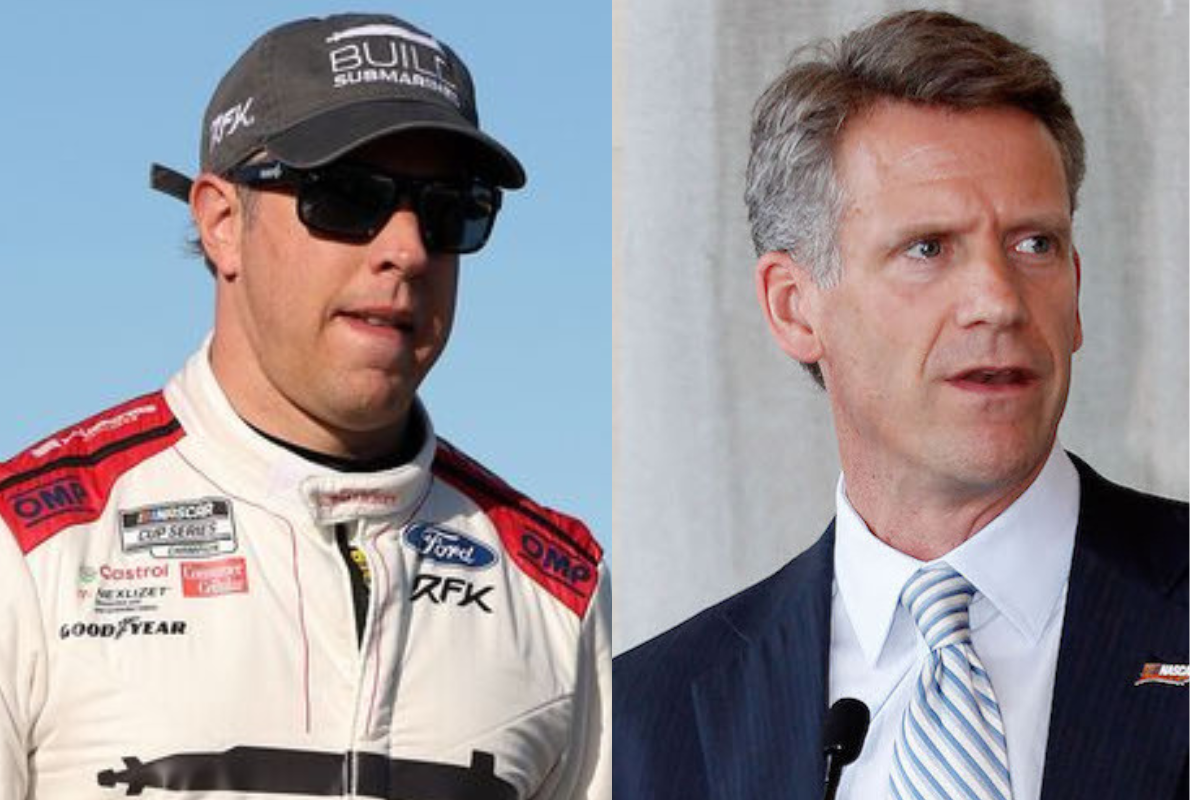

NASCAR’s got a problem, and it’s not just the racing. The sport’s staring down a financial cliff, with TV viewership tanking and the whole business model hanging by a thread. In 2025, Cup Series races are pulling in just 2.52 million viewers on average, a 13% drop from 2024’s 2.916 million. Even the big dogs are hurting. New Hampshire’s playoff race scraped by with 1.29 million eyeballs, a brutal 28% slide from last year.
Watch What’s Trending Now!
Fewer viewers mean less leverage when NASCAR sits down to hash out those big media rights deals, the lifeblood of purses and team budgets. With sponsorships already a tightrope walk, the sport is feeling the pinch like never before. Brad Keselowski, driver and co-owner of RFK Racing, isn’t mincing words; he dropped a six-word bombshell that sums it up: “Wholly reliant on the TV money.”
ADVERTISEMENT
Keselowski’s warning rings alarm bells
On Stacking Pennies, Keselowski laid it out plain, “The number one problem with the sport right now is the model with the tracks. The tracks aren’t able to generate enough revenue on their own. They’re wholly reliant on the TV money and they’re comfortable with that, which is the scariest part of all.”
He’s hitting the nail on the head. About 65% of NASCAR’s revenue comes from media rights, flowing to tracks and teams. But with attendance down since the late ‘90s, when Daytona pulled 200,000 fans in person, tracks are leaning on TV dollars instead of ticket sales. That’s a risky bet when viewership’s crumbling.
He didn’t stop there, “That creates a subset of problems… where the teams have to [find revenue] because they’re not necessarily incentivized. That flows down into revenue problems for the teams, which makes the teams wholly reliant on sponsorship.” NASCAR teams live or die by sponsor logos, with 60-80% of their budgets coming from them. When big names like Lowe’s ditched Jimmie Johnson in 2018 or Target left Chip Ganassi in 2017, it was a body blow. Drivers like Ross Chastain or Bubba Wallace are as much brand ambassadors as racers, hustling for Fortune 500 deals to keep the lights on.
ADVERTISEMENT
Keselowski’s take on the charter system cuts deep: “Fortune 500 companies or they don’t have a job… the charter system… is a reflection of the fact that the teams needed some protection against a revenue model that’s just not strong enough to sustain them.” Introduced in 2016, charters guaranteed entry and boosted team valuations, with Hendrick and 23XI charters hitting $25-30 million by 2023, but it’s a patch, not a fix. Smaller teams like Spire or Rick Ware Racing can’t keep up with Hendrick’s war chest, and sponsorship dependence leaves everyone vulnerable.
The structural issue stings, “You look at your typical sports team… Carolina Panthers, Charlotte Hornets… their arena costs are paid for by the city. NASCAR doesn’t have that, so they’re beholden to a different model.” Unlike the NFL’s Panthers, who got $87.5 million from Charlotte for stadium upgrades, NASCAR tracks like Daytona or Homestead foot their own bills, like Daytona’s $400 million Rising project. That puts pressure on every race weekend to deliver.
ADVERTISEMENT
“Some have done a good job with that, but not enough. Look at Las Vegas Motor Speedway or here in Charlotte, where they have a lot of external events… but others have not been able to do that,” Keselowski noted. Tracks like Vegas, with its Electric Daisy Carnival, or Charlotte’s holiday lights rake in millions off-season, but rural spots like Martinsville lean on two race days a year, leaving them exposed if fans don’t show.
Keselowski’s financial warning ties right into his gripes about the racing itself, where the Next Gen car’s lack of juice is hurting the show and the dollars.
Top Stories
Exclusive: Catching Up With ‘The Dinger’ — the Past, Present and Future of AJ Allmendinger
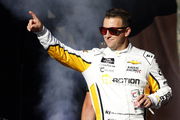
“I’d Be Dead”: NASCAR Legend Credits Kevin Harvick for Saving His Life
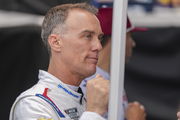
“I’m Worried” – Ross Chastain Confesses Fears of Triggering Michael Jordan’s Lawsuit Wrath With Humble 3-Word Claim

Chaotic Brawl Breaks Out at Tulsa Shootout After Teen Flips Off Rival Driver
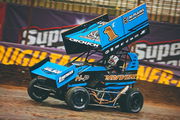
Historic NASCAR Track to Change Its Iconic Name as City Council Moves to Auction It Up
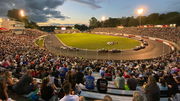
ADVERTISEMENT
Keselowski calls for more horsepower
On Stacking Pennies, he didn’t hold back, “The Next Gen car changed me in some ways for the worse as a driver because you have to drive it way differently. You know, the cars in 2008, 2009, first off, were significantly faster… My first Cup start was at Texas, and you could literally spin the tires off the corner. You did. You spun the tires up.”
Compare that to now, “Like, all right, here it goes. But you know what I mean? Like I’m in an old pickup truck.” The numbers back him up. Ryan Blaney’s 2025 New Hampshire pole was 29.159 seconds, while Keselowski’s 2014 track record was a blistering 27.281. Today’s 670-hp engines pale next to 2014’s 900 hp, and Corey Heim’s faster Truck Series pole this year just twists the knife.
NASCAR’s tried tire compounds at Bristol to spice things up, but Keselowski’s on team horsepower, “NASCAR has tried to address this with tire compounds that wear out and lose grip faster at some tracks, like Bristol, which might not be needed if they were more powerful.” Younger drivers, raised on the Next Gen’s 670 hp, burn tires faster, lacking the finesse of the high-horsepower era.
ADVERTISEMENT
NASCAR’s eyeing a boost to 740-750 hp for short tracks in 2026, but costs are a hurdle. Keselowski’s point is clear. Better racing could pull fans back, boosting ratings and easing the TV money crunch. His old-school passion, from spinning tires at Texas to begging for drama, mirrors the fight to keep NASCAR’s financial engine running. If the sport doesn’t rev up, Keselowski’s doomsday warning might just come true.
ADVERTISEMENT
ADVERTISEMENT
ADVERTISEMENT

